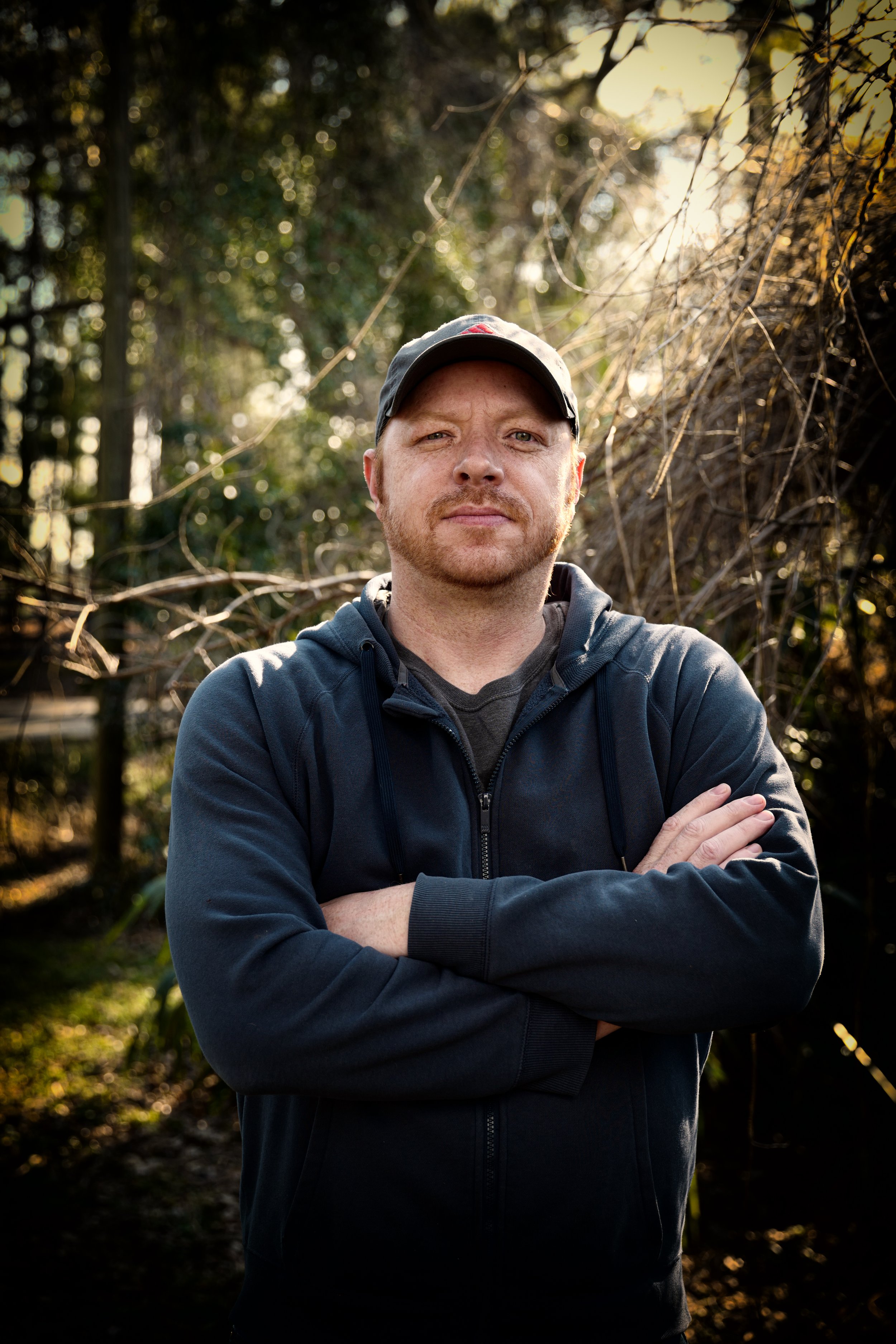All About Circular Dichroism
Wiki Article
Unknown Facts About Circularly Polarized Luminescence
Table of ContentsAbout Uv/vis/nirSome Of Uv/visSee This Report on Circular DichroismWhat Does Circular Dichroism Do?The smart Trick of Uv/vis That Nobody is Talking About

Spectrophotometry is a tool that hinges on the quantitative analysis of molecules depending on how much light is soaked up by colored substances.
Getting The Circularly Polarized Luminescence To Work
A spectrophotometer is frequently utilized for the measurement of transmittance or reflectance of solutions, transparent or opaque solids, such as refined glass, or gases. Although numerous biochemicals are colored, as in, they absorb noticeable light and for that reason can be measured by colorimetric procedures, even colorless biochemicals can often be converted to colored compounds appropriate for chromogenic color-forming reactions to yield substances appropriate for colorimetric analysis.: 65 However, they can also be developed to determine the diffusivity on any of the listed light varieties that typically cover around 2002500 nm using different controls and calibrations.An example of an experiment in which spectrophotometry is utilized is the decision of the equilibrium constant of a solution. A certain chain reaction within a solution might take place in a forward and reverse direction, where reactants form items and items break down into reactants. Eventually, this chemical reaction will reach a point of balance called a stability point.
More About Uv/vis
The quantity of light that travels through the service is a sign of the concentration of certain chemicals that do not allow light to pass through. The absorption of light is because of the interaction of light with the electronic and vibrational modes of molecules. Each kind of particle has a private set of energy levels associated with the makeup of its chemical bonds and nuclei and hence will soak up light of specific wavelengths, or energies, resulting in unique spectral properties.
Making use of spectrophotometers spans various scientific fields, such as physics, products science, chemistry, biochemistry. circular dichroism, chemical engineering, and molecular biology. They are extensively utilized in many industries consisting of semiconductors, laser and optical production, printing and forensic examination, along with in labs for the research study of chemical substances. Spectrophotometry is often used in measurements of enzyme activities, decisions of protein concentrations, decisions of enzymatic kinetic constants, and measurements of ligand binding reactions.: 65 Ultimately, a spectrophotometer is able to figure out, depending on the control or calibration, what substances exist in a target and precisely how much through computations of observed wavelengths.
Developed by Arnold O. Beckman in 1940 [], the spectrophotometer was created with the help of his associates at his business National Technical Laboratories founded in 1935 which would end up being Beckman Instrument Business and ultimately Beckman Coulter. This would come as an option to the previously developed spectrophotometers which were unable to soak up the ultraviolet correctly.
Uv/vis - The Facts
It would be found that this did not give satisfying results, therefore in Design B, there was a shift from a glass to a quartz prism which permitted for better absorbance outcomes - circular dichroism (https://papaly.com/categories/share?id=82b22f606fb5496cbfab4f86fdfbca1c). From there, Model C was born with a modification to the wavelength resolution which ended up having 3 units of it producedIt was produced from 1941 to 1976 where the cost for it in 1941 was US$723 (far-UV accessories were an alternative at additional expense). In the words of Nobel chemistry laureate Bruce Merrifield, it was "most likely the most important instrument ever developed towards the development of bioscience." Once it ended up being discontinued in 1976, Hewlett-Packard produced the very first commercially readily available diode-array spectrophotometer in 1979 referred to as the HP 8450A. It irradiates the sample with polychromatic light which the sample absorbs depending upon its properties. It is transferred back by grating the photodiode selection which finds the wavelength region of the spectrum. Given that then, the production and application of spectrophotometry devices has actually increased tremendously and has actually turned into one of the most ingenious instruments of our time.

The Main Principles Of Uv/vis/nir
The grating can either be movable or repaired.In such systems, the grating is fixed and the intensity of each wavelength of light is determined by a various detector in the range. Furthermore, most contemporary mid-infrared spectrophotometers use a Fourier change strategy to obtain the spectral info - https://hubpages.com/@olisclarity1. This strategy is called Fourier change infrared spectroscopy. When making transmission measurements, the spectrophotometer quantitatively compares the portion of light that goes through a referral option and a test option, then digitally compares the intensities of the two signals and calculates the percentage of transmission of the sample compared to the referral standard.

Report this wiki page